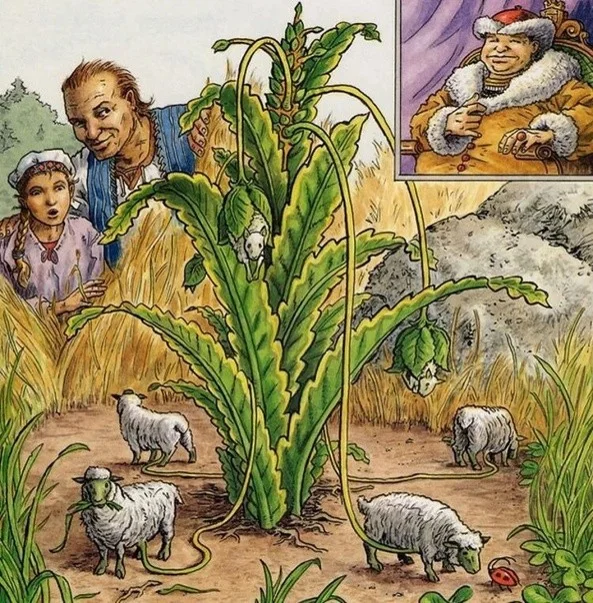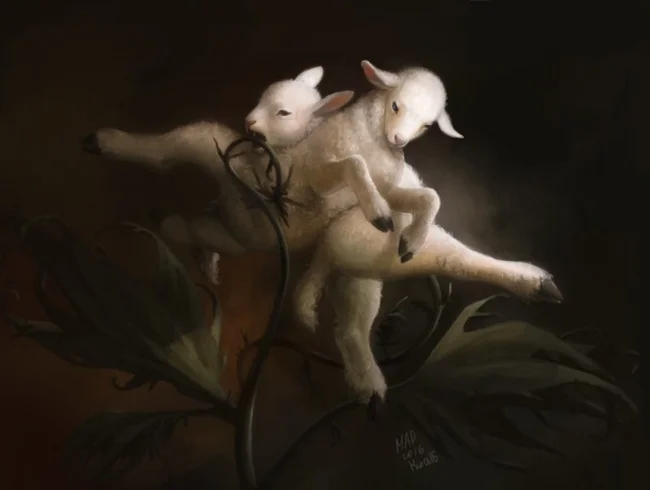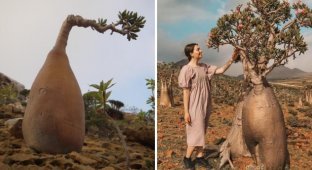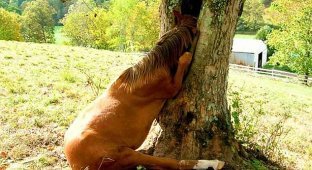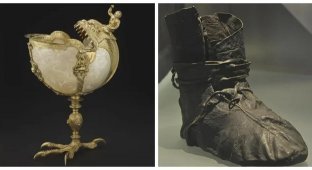Lamb from Tartary: an amazing legend about a plant-animal (14 photos)
When cotton first came to Europe from Central Asia in the Middle Ages, people were amazed by its fluffy, wool-like fibers. They knew that cotton grew on trees and bushes, but they didn’t understand how. 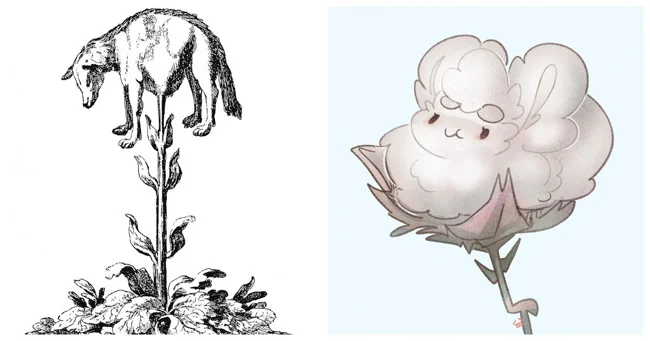
Having never seen such unusual “flowers,” Europeans decided that it was wool… from lambs growing right on the branches. 
"The Tartar Ram". Engraving, 1696
It sounds ridiculous. But in those days, people knew little about the world around them. Even today, many have no idea what familiar fruits and vegetables look like in nature.
The Myth of the Sheep Tree 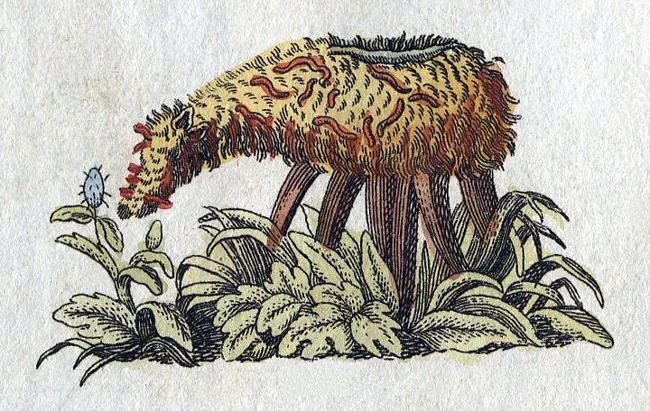
The legend of lambs growing on trees dates back to the 5th century. In the Jewish text Talmud Yerushalmi, Rabbi Yohanan described a "plant-animal" in the shape of a lamb, attached to the ground by a stem like an umbilical cord. Its tender meat, supposedly loved by people and wolves, tasted like fish, and its blood was sweet as honey. 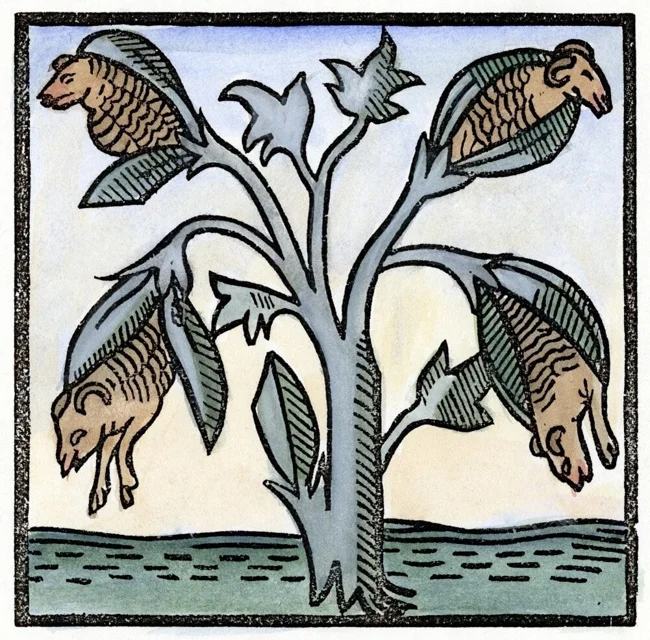
The myth grew thanks to the Travels of Sir John Mandeville, a famous 14th-century writer and inventor who made up tall tales about distant lands. He placed the miracle plant lamb in Tartary, a mythical region near the Caspian Sea and the Ural Mountains. 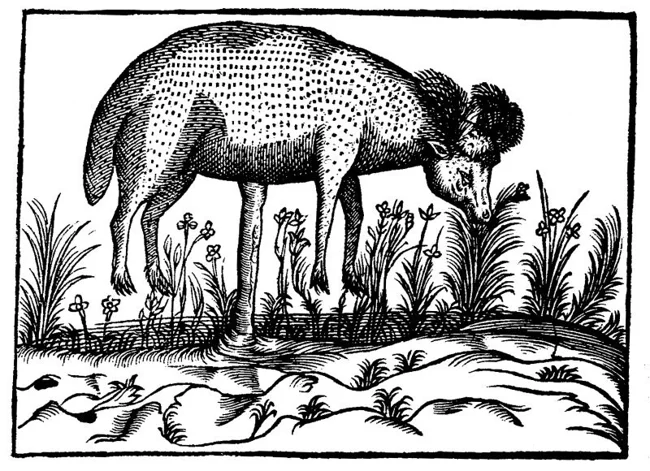
The plant supposedly grew pods, each of which gave birth to a tiny lamb. One lamb sat at the top, swinging helplessly in the wind. The flexible stem allowed it to bend over and nibble the grass around it. When the food ran out, the lamb died. 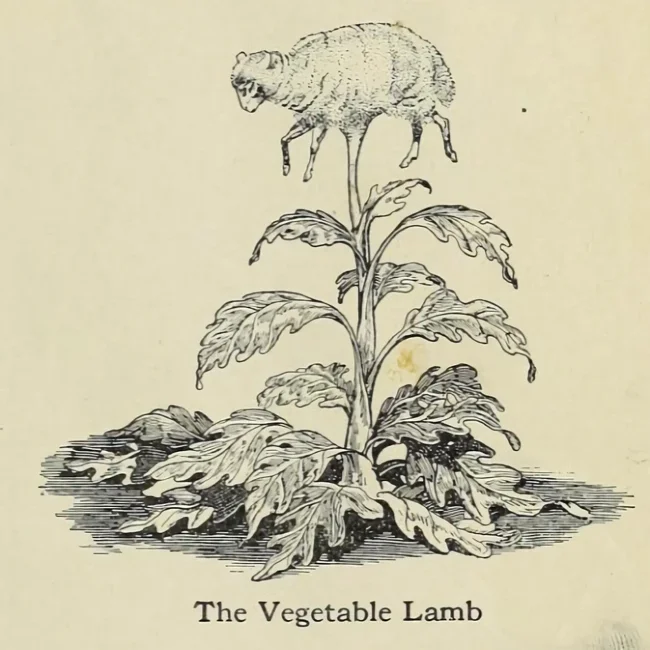
Even in those days there were skeptics. In 1557, the Italian scientist Gerolamo Cardano pointed out that the soil could not provide enough warmth for the development of a lamb. Soon botanists suggested that people simply mistook some unusual species for a “sheep plant.” 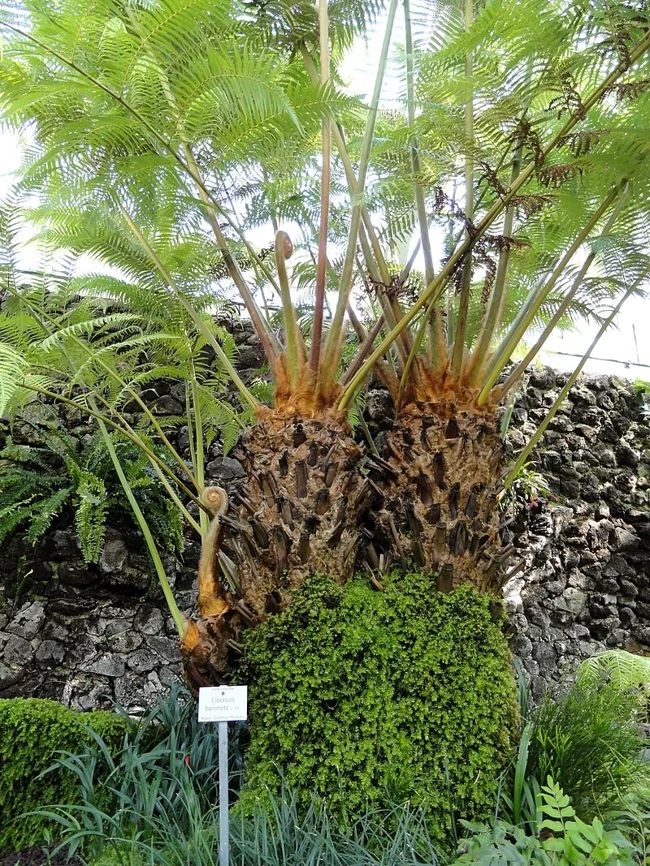
Cibotium barometz in the Botanical Garden of Munich-Nymphenburg, Munich, Germany.
In 1698, physician Hans Sloane presented the Chinese plant Cibotium barometz to the Royal Society of London. Its hairy rhizome with shoots vaguely resembled a lamb. Scientists considered the mystery solved, although the evidence was dubious. Later, German explorer Engelbert Kaempfer went to Persia in search of the mythical plant. He found no traces or confirmation from local residents.
Where did the myth come from? 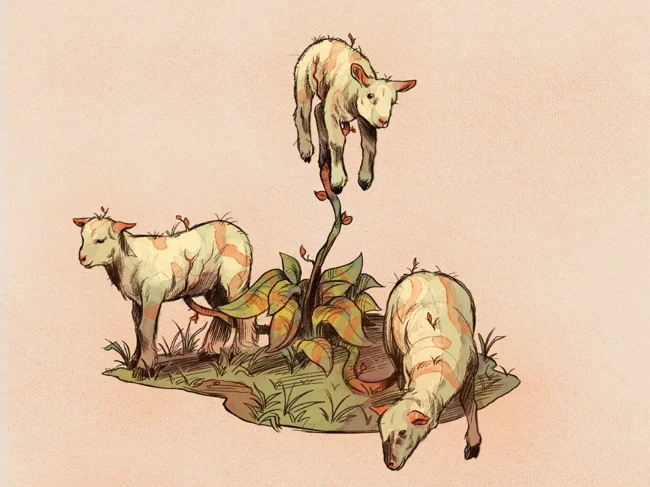
Cotton was first cultivated in India, and the ancient Greeks, having first seen it, sang the praises of the unusual culture in poetic lines. Herodotus wrote:
In India there are trees whose fruits are more beautiful than sheep's wool, and people sew clothes from them. 
Alexander the Great's admiral reported "trees growing in bunches of wool," while another commander called cotton "the wool tree." 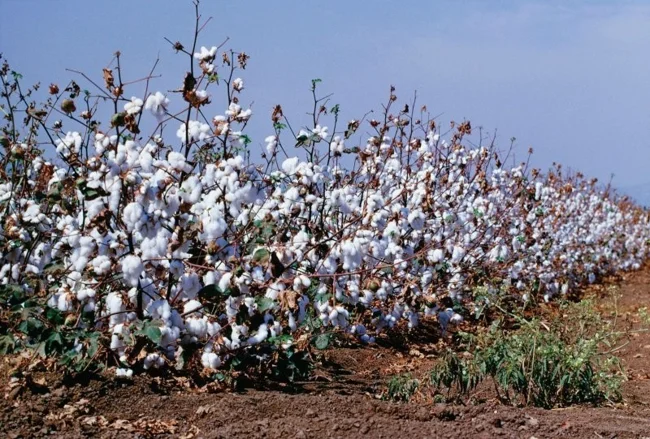
In the 19th century, naturalist Henry Lee suggested that the confusion arose from the Greek word "μηλον" (melon), which meant "fruit," "apple," and... "sheep." Perhaps someone took the descriptions of immature cotton bolls literally. 
In an era when people believed that geese were born on trees and then fell into the water and flew away, the story of the lamb-plants did not seem so strange. 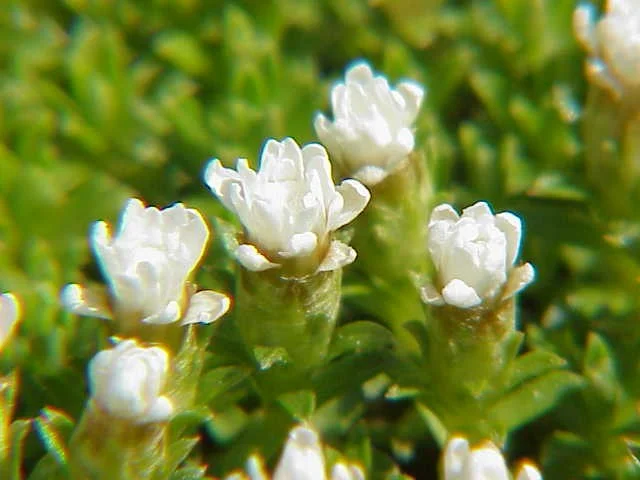
Raoulia glabra
A white flower called Raoulia grows in New Zealand. Its dense thickets resemble grazing sheep from a distance, for which it was nicknamed "plant sheep". 